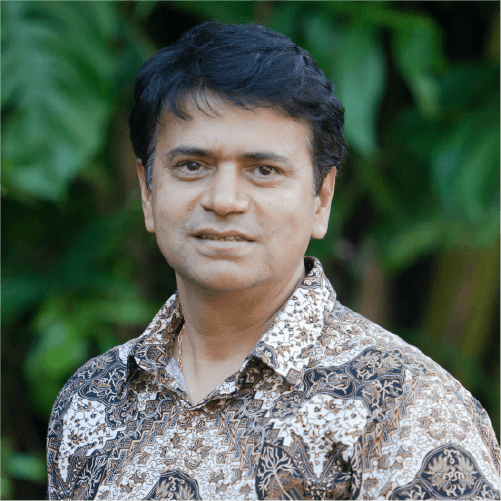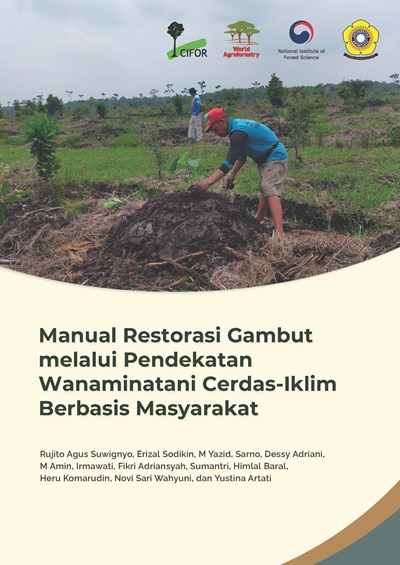Description
Restoring degraded peatlands is not only intended to restore ecosystems and hydrological functions but also to enable the surrounding local communities, whose livelihoods depend on the peatland, to benefit from the restoration and improve their welfare. Yet despite the extensive work undertaken by various organizations to restore peatland and improve the livelihoods of farmers and communities in various locations, information remains limited about how farmers derive income from their farms and land use, how they are adapted to innovative practices and what governance structures and mechanisms are in place to facilitate the adoption of the models being tested.
In this context, the collaborative research project, “Development of Community-based Agroforestry Models Contributing to Local Residents’ Income”, aims to restore degraded peatland and test how restoration models enhance the incomes of residents, and contribute to the achievement of targets for restoration and climate of the Sustainable Development Goals and of ODA for international standards.
Perigi Village in Ogan Komering Iir (OKI) District in South Sumatra Province, where the project is located, has been subject to repeated fires owing to traditional slash-and-burn agriculture, commonly known as sonor, which has been widely used by farmers in the village and beyond. This poses a challenge to scaling up the adoption of a ‘zero burning’ approach to land management. Building on previous activities and working closely with farmers participating in agrosilvofishery research models, we have continued to promote climate-smart agricultural practices and explore opportunities for demonstrating locally appropriate models for restoration of peatland and for increasing farmers’ income while generating social and environmental (climate) benefits (Figure 1).

Contact us


























